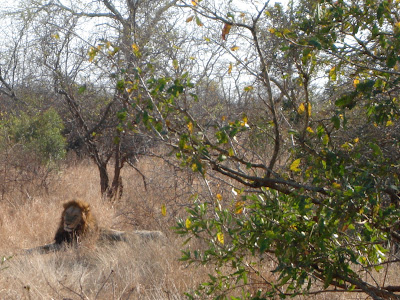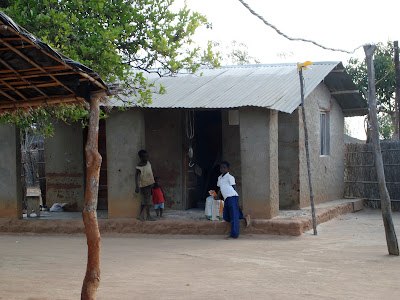Here are the courses I've decided on for this semester:
CGSC 490 Cognitive Science Senior Colloquium and Project
Joshua Knobe
A research colloquium leading to the selection of a topic for, and the completion of, the senior essay. Students attend regular colloquium presentations by outside scholars.
ECON 527 Behavioral and Institutional Economics
Robert Shiller
Behavioral economics incorporates insights from other social sciences, such as psychology and sociology, into economic models, and attempts to explain anomalies that defy standard economic analysis. Institutional economics is the study of the evolution of economic organizations, laws, contracts, and customs as part of a historical and continuing process of economic development. Behavioral economics and institutional economics are naturally treated together, since so much of the logic and design of economic institutions has to do with complexities of human behavior. The course emphasizes two main topics—behavioral macroeconomics and behavioral finance—though references are made to other branches of economics as well.
PSYC 152 Moralities of Everyday Life
Paul Bloom
The modern science of moral thought and moral action explored through disciplines such as cognitive science, social and developmental psychology, neuroscience, behavioral economics, and analytic philosophy. Empathy and compassion in babies and young children; emotional reactions to family, friends, and strangers; the origins of prejudice and bigotry; sexuality, disgust, and purity; punishment, revenge, and forgiveness; the relationship between morality and religion.
INTS 428 Social Entrepreneurship in Developing Economies
Robert Hopkins
Completion of the senior essay on a topic related to the use of social entrepreneurship in regional economic development.
HIST 202 European Civilization 1648-1945
John Merriman
An overview of the economic, social, political, and intellectual history of modern Europe. Topics include the rise of absolute states, the scientific revolution, the Enlightenment, the French Revolution and Napoleon, the industrial revolution, the revolutions of 1848, nationalism and national unifications, Victorian Britain, the colonization of Africa and Asia, fin-de-siècle culture and society, the Great War, the Russian Revolution, the Europe of political extremes, and World War II.
G&G 205 Natural Resources and Their Sustainability
Jay Ague
The formation and distribution of renewable and nonrenewable energy, mineral, and water resources. Topics include the consequences of extraction and use; depletion and the availability of substitutes; and economic and geopolitical issues.
Joshua Knobe
A research colloquium leading to the selection of a topic for, and the completion of, the senior essay. Students attend regular colloquium presentations by outside scholars.
ECON 527 Behavioral and Institutional Economics
Robert Shiller
Behavioral economics incorporates insights from other social sciences, such as psychology and sociology, into economic models, and attempts to explain anomalies that defy standard economic analysis. Institutional economics is the study of the evolution of economic organizations, laws, contracts, and customs as part of a historical and continuing process of economic development. Behavioral economics and institutional economics are naturally treated together, since so much of the logic and design of economic institutions has to do with complexities of human behavior. The course emphasizes two main topics—behavioral macroeconomics and behavioral finance—though references are made to other branches of economics as well.
PSYC 152 Moralities of Everyday Life
Paul Bloom
The modern science of moral thought and moral action explored through disciplines such as cognitive science, social and developmental psychology, neuroscience, behavioral economics, and analytic philosophy. Empathy and compassion in babies and young children; emotional reactions to family, friends, and strangers; the origins of prejudice and bigotry; sexuality, disgust, and purity; punishment, revenge, and forgiveness; the relationship between morality and religion.
INTS 428 Social Entrepreneurship in Developing Economies
Robert Hopkins
Completion of the senior essay on a topic related to the use of social entrepreneurship in regional economic development.
HIST 202 European Civilization 1648-1945
John Merriman
An overview of the economic, social, political, and intellectual history of modern Europe. Topics include the rise of absolute states, the scientific revolution, the Enlightenment, the French Revolution and Napoleon, the industrial revolution, the revolutions of 1848, nationalism and national unifications, Victorian Britain, the colonization of Africa and Asia, fin-de-siècle culture and society, the Great War, the Russian Revolution, the Europe of political extremes, and World War II.
G&G 205 Natural Resources and Their Sustainability
Jay Ague
The formation and distribution of renewable and nonrenewable energy, mineral, and water resources. Topics include the consequences of extraction and use; depletion and the availability of substitutes; and economic and geopolitical issues.
























































